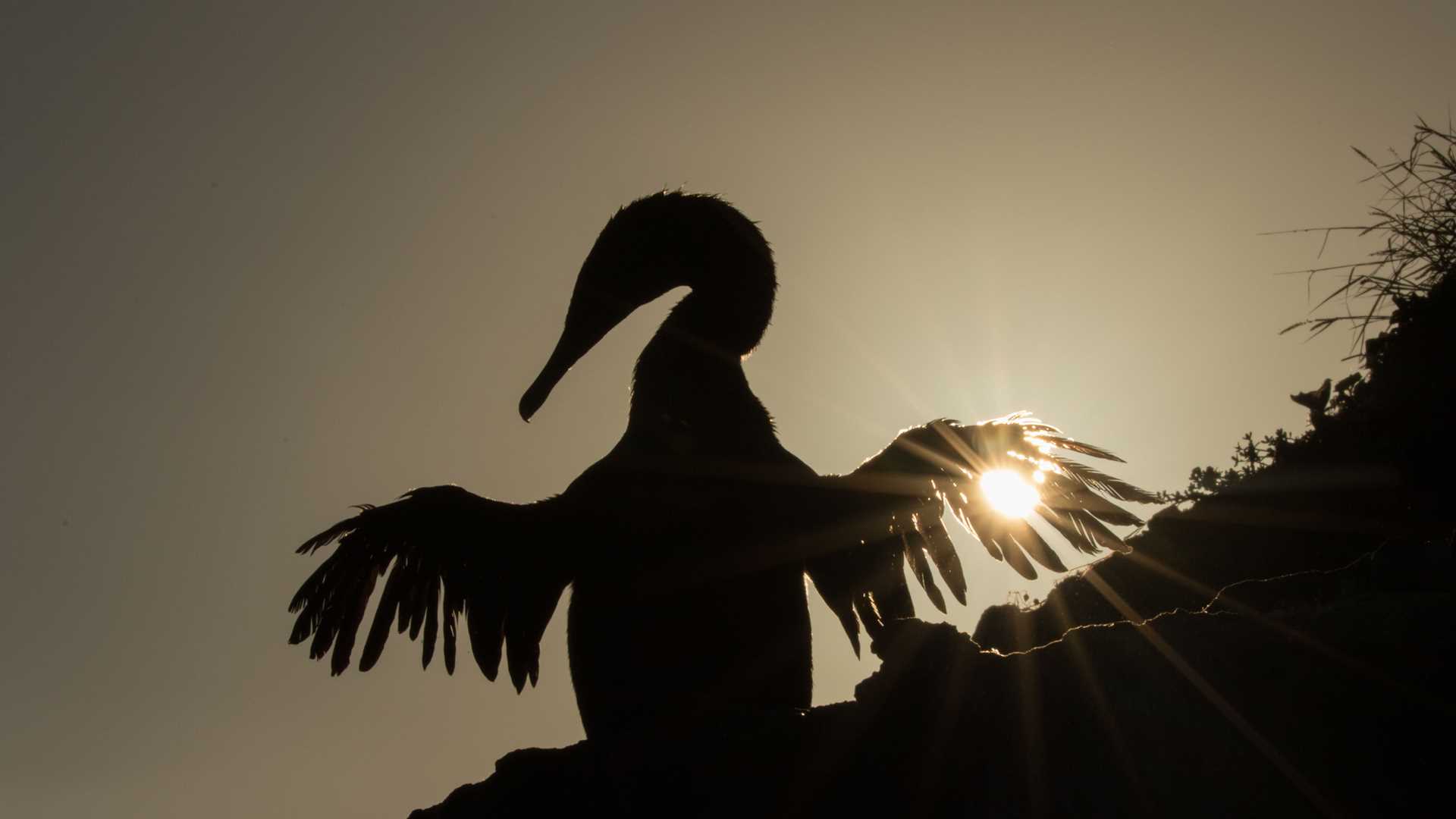Today, we woke up to views of Alcedo Volcano and a large forest of incense trees in the distance. When portrayed on a map, Isabela is the island shaped like a seahorse. After a wet landing, we decided to explore farther inland. We encountered several giant tortoises. The island is home to five species of giant tortoises unique to the Galapagos. Some of the giants fed on the fruits of poison apple trees, while others used the trails to make their way around the lush environment. A few tortoises sang courtship songs to attract potential mates. During this time of year, land iguanas are also found on the island in large numbers. We saw many males and females.
Isabela is the largest of the islands. Parts of the area have changed dramatically since the 1950s. In 1954, around 1.8 square miles of the coast were uplifted from the bottom of the ocean. It is incredible to think that a place that was the bottom of the ocean once upon a time is now the natural habitat for giant tortoises, land iguanas, finches, mockingbirds, and several species of endemic plants. After an incredible walk, we embarked on our Zodiacs. We returned to National Geographic Endeavour II to enjoy a fantastic Ecuadorian lunch. We enjoyed tasting the unique flavors of this incredible country.
After lunch, we repositioned to a visitor site called Tagus Cove. We enjoyed the opportunity to kayak along the coast in search of Galapagos penguins, brown pelicans, and the endemic Galapagos flightless cormorants. This was our last day for penguins. We were lucky to find several of them fishing, while others rested on the rocks right above the tidal level.
While some of us went kayaking, others had the opportunity to go snorkeling with Pacific green sea turtles, flightless cormorants, and a large variety of fish.
We finished our day on Isabela with a hike near Darwin Lake. We took a Zodiac ride at sunset to photograph Galapagos penguins as we enjoyed the breathtaking scenery on this fantastic island. We had an incredible day, and we enjoyed observing endemic species, which are aplenty in Galapagos.







